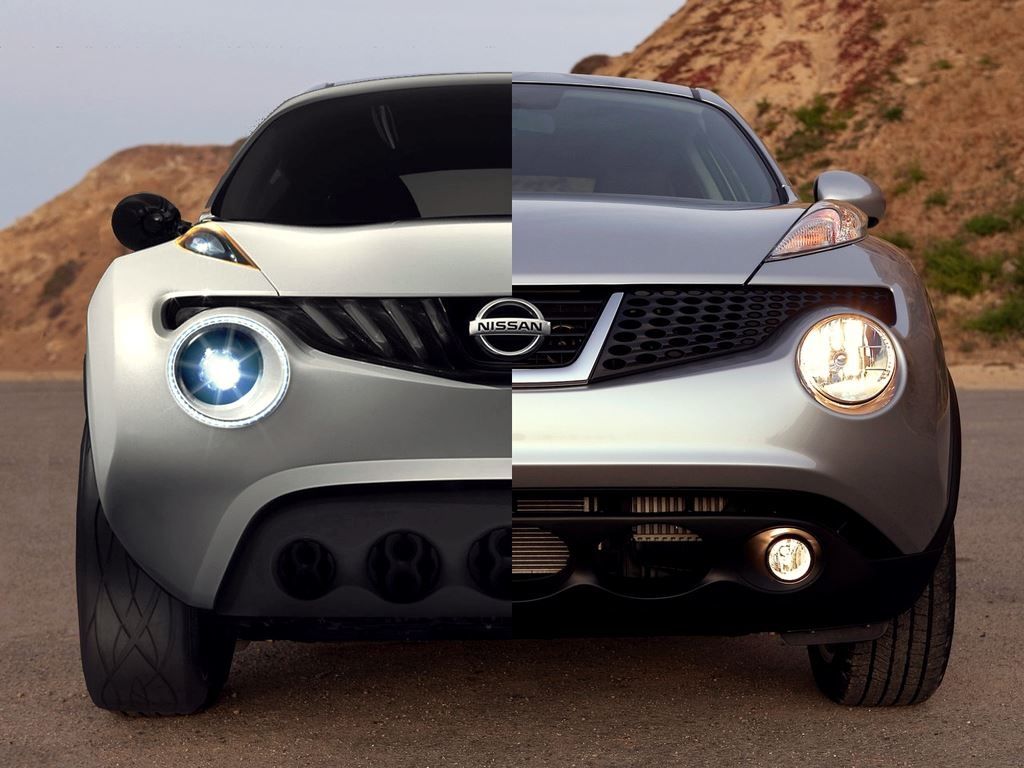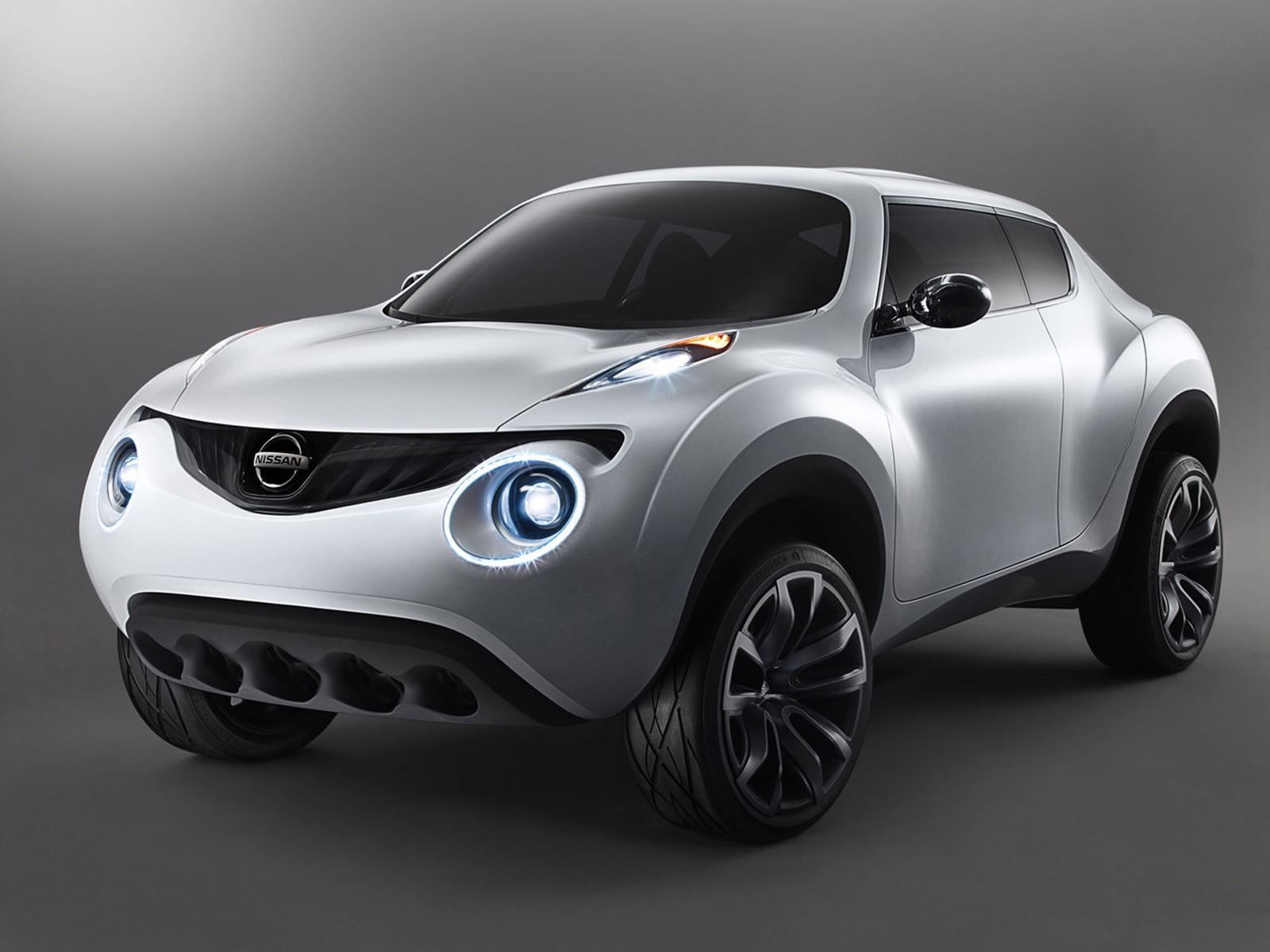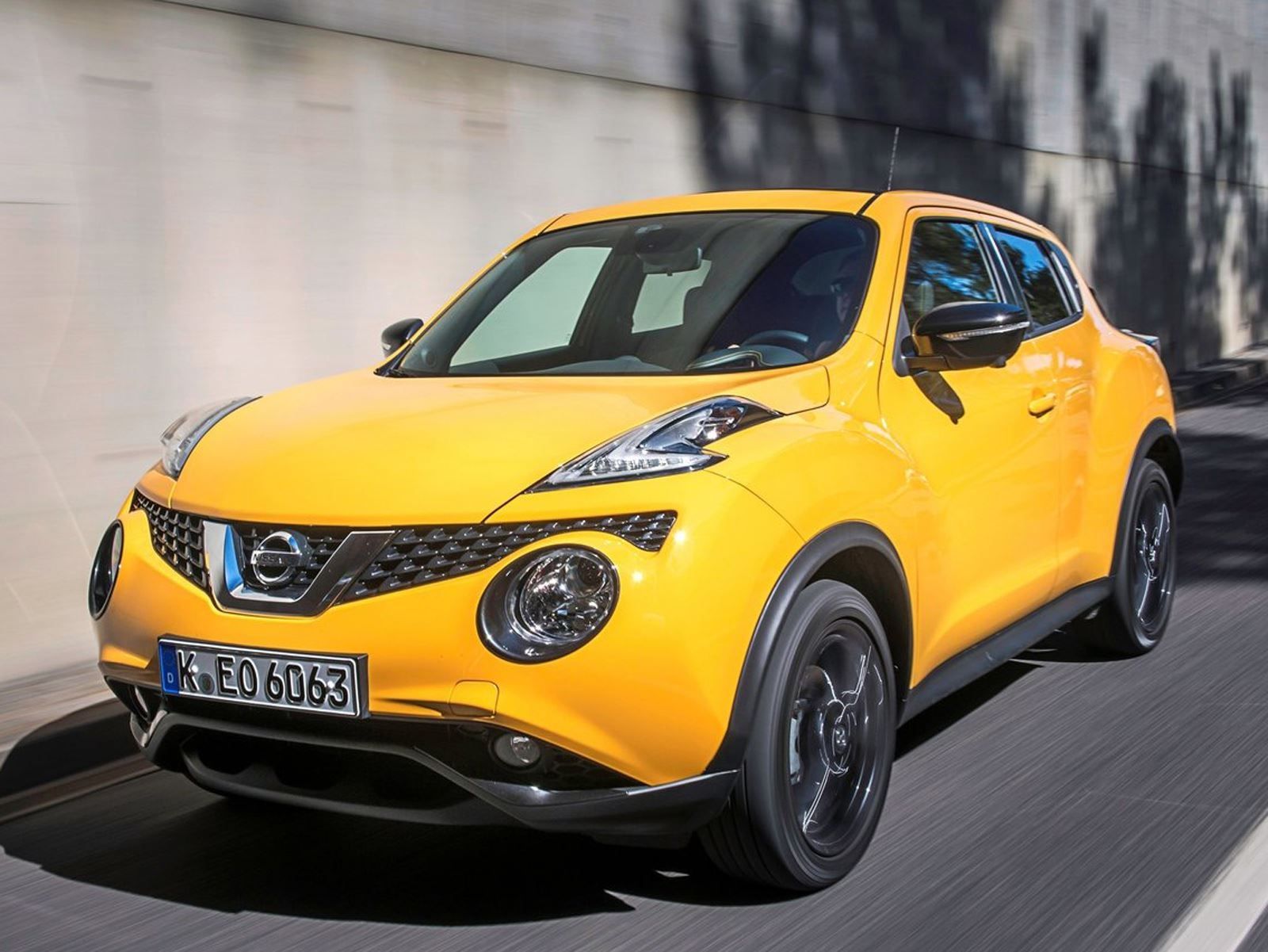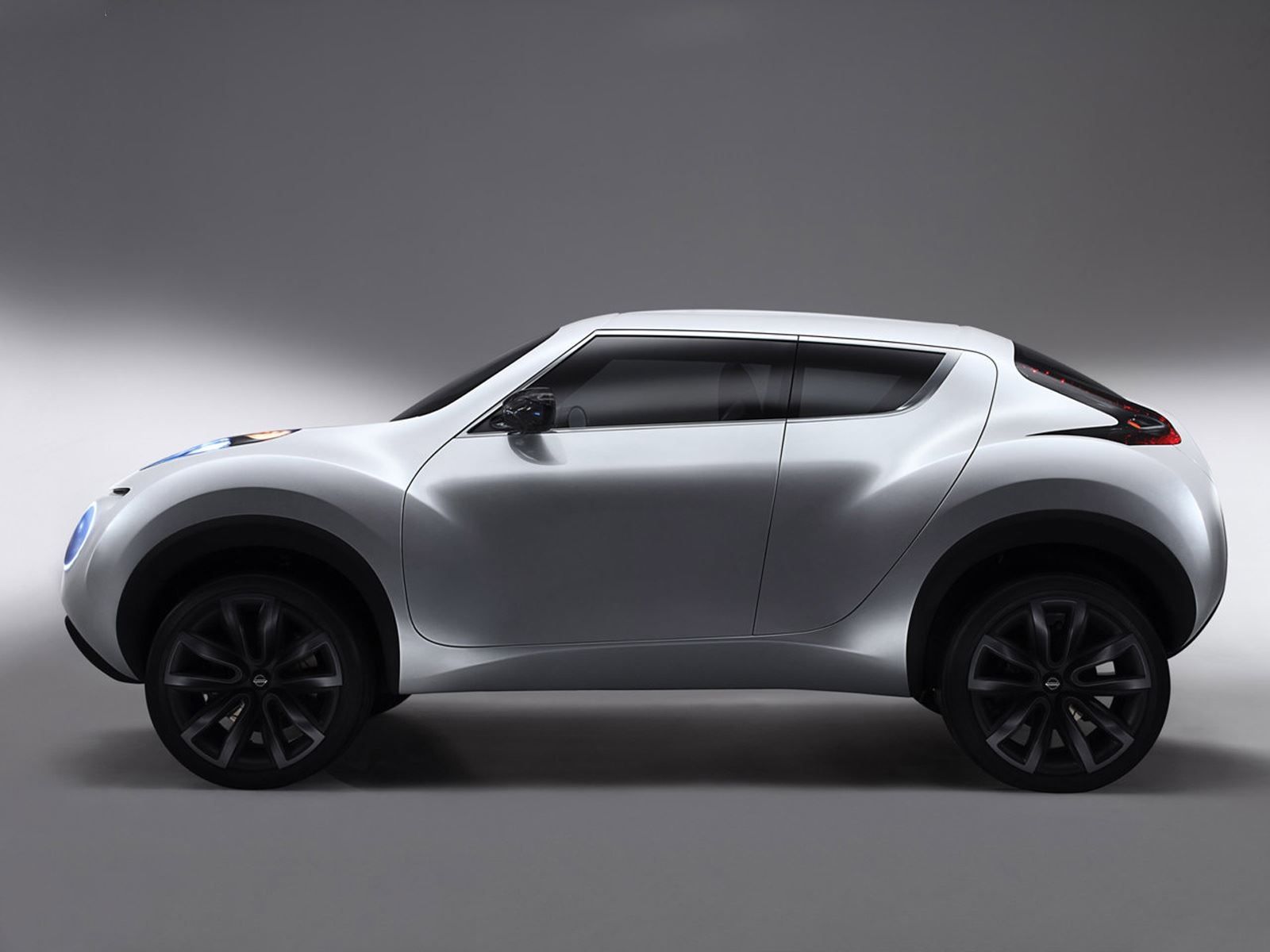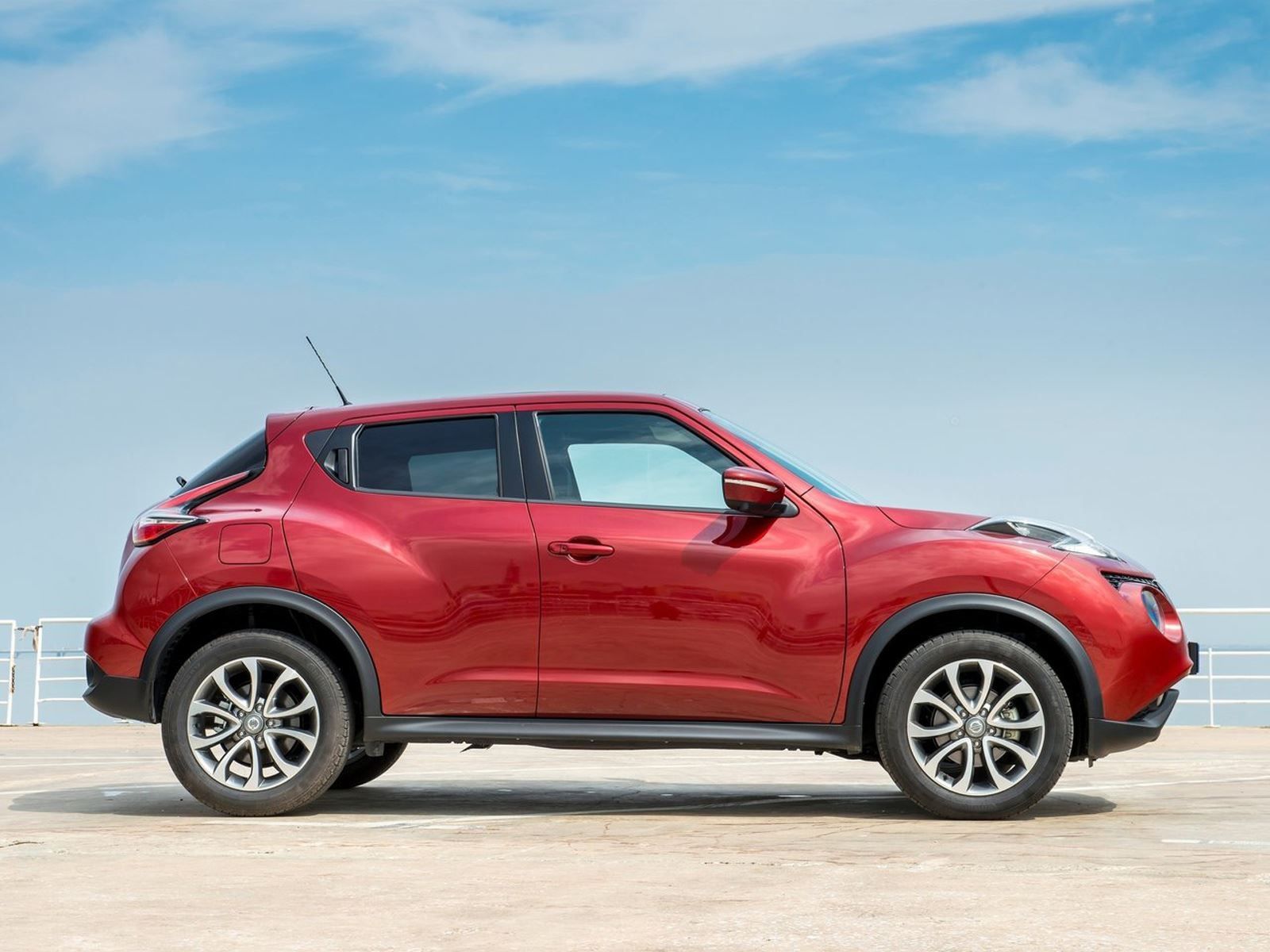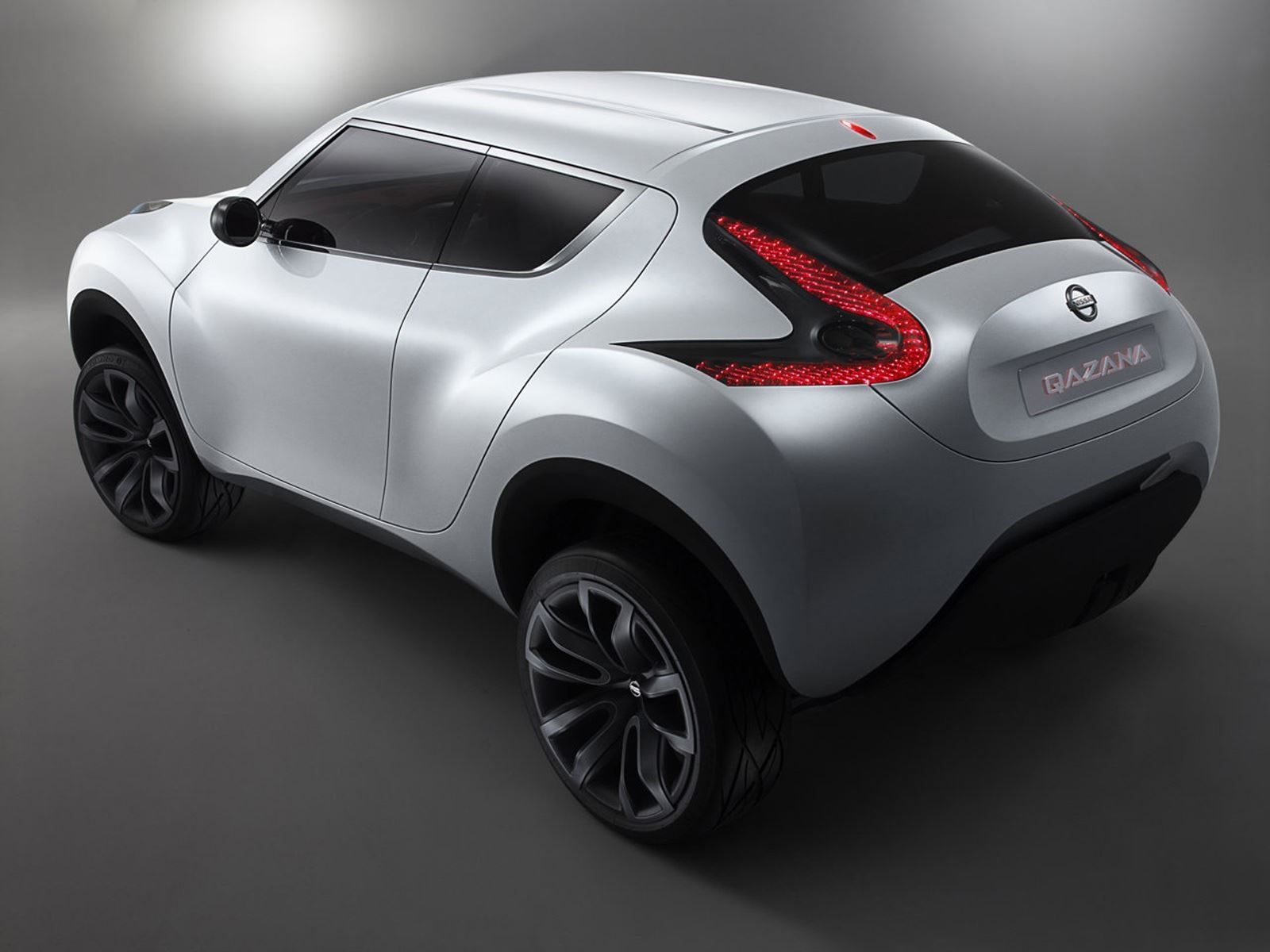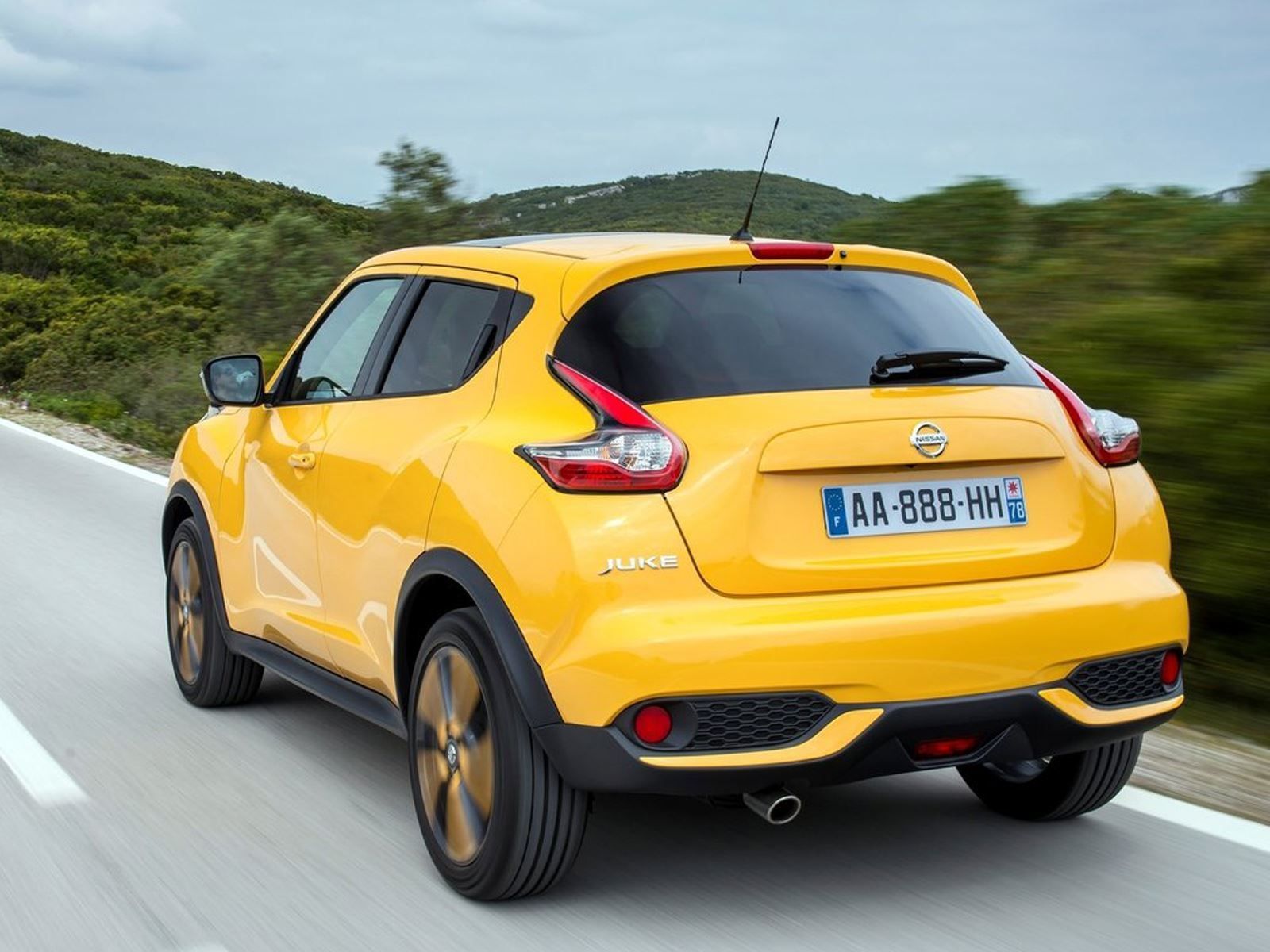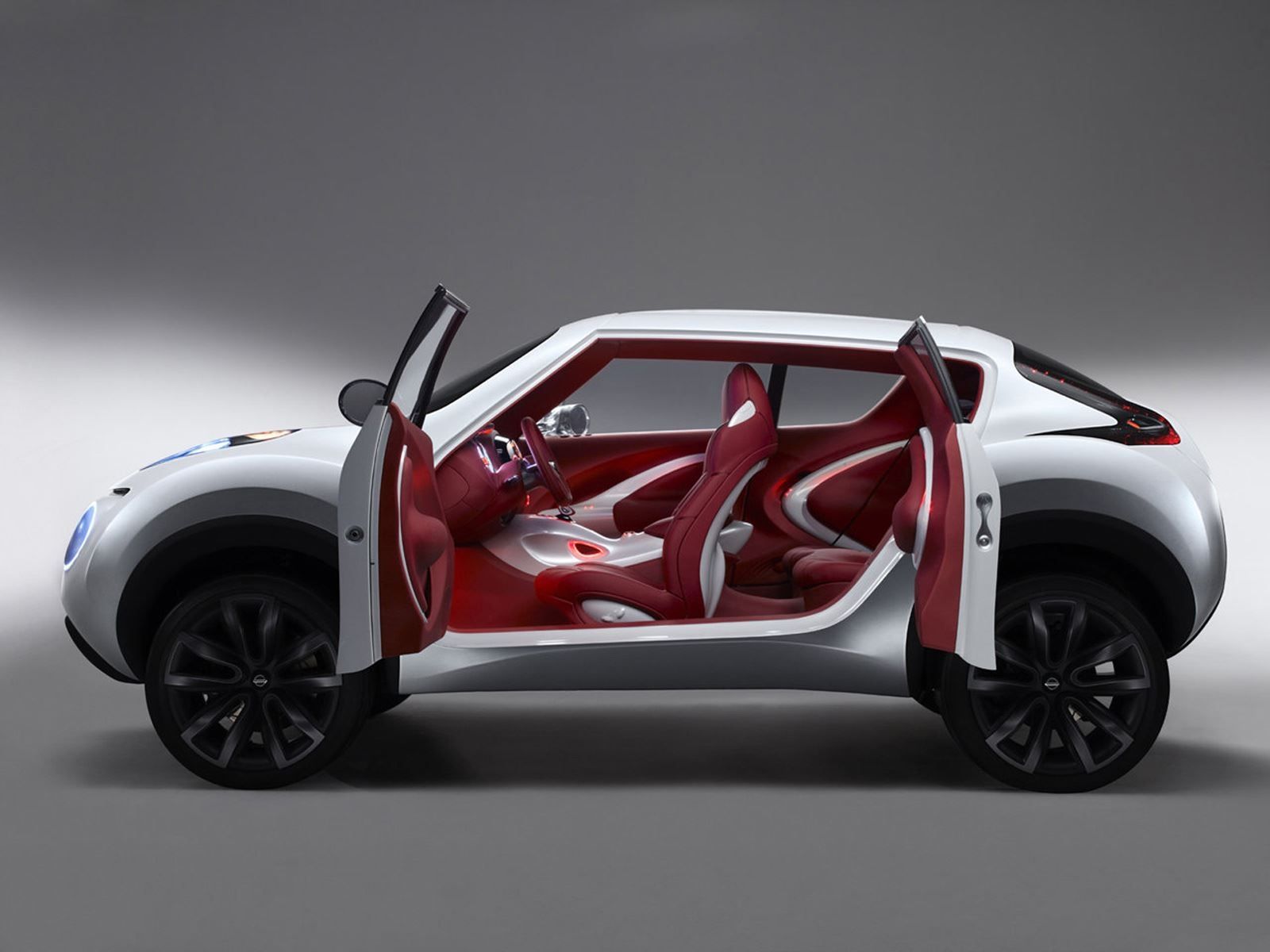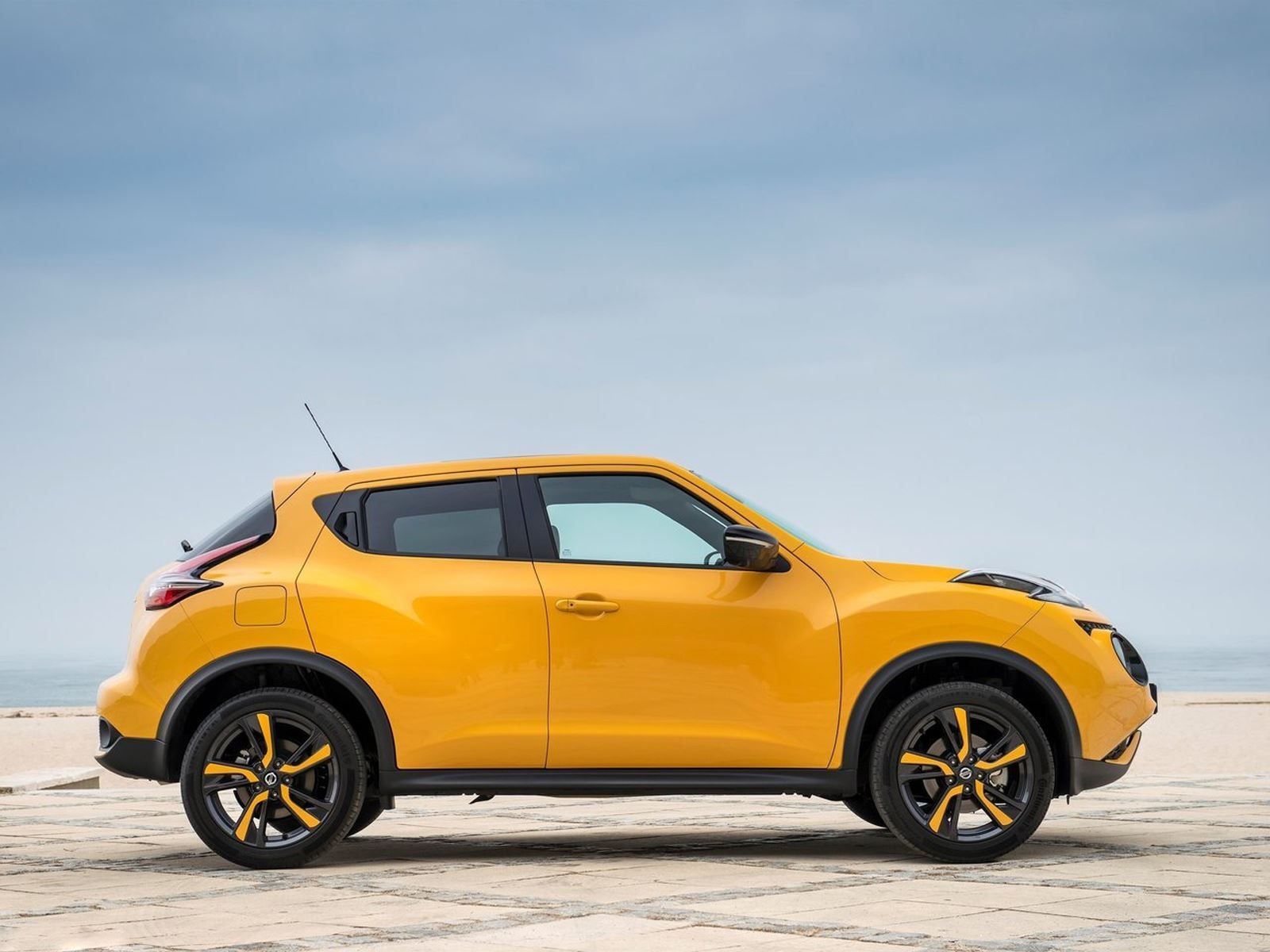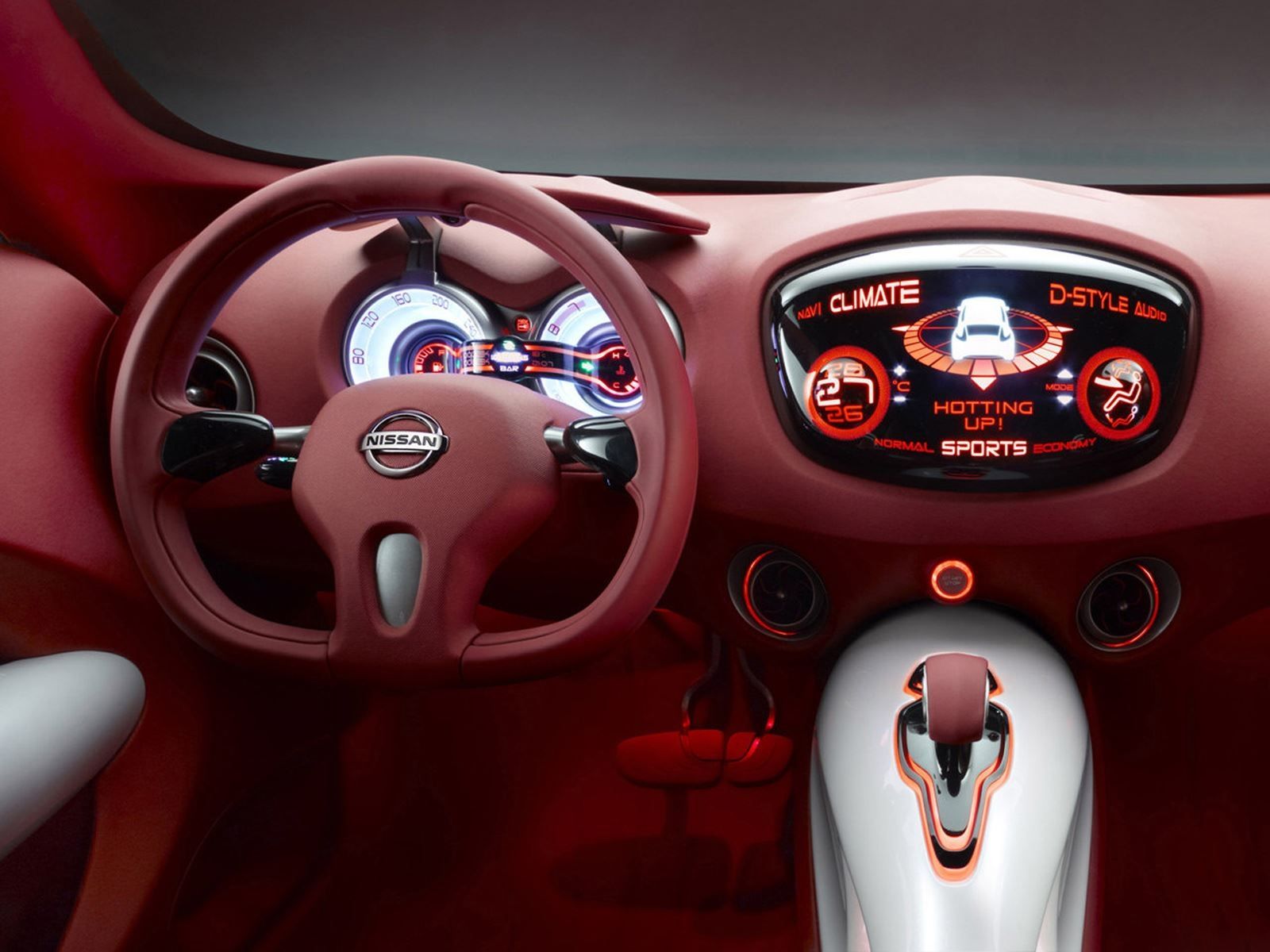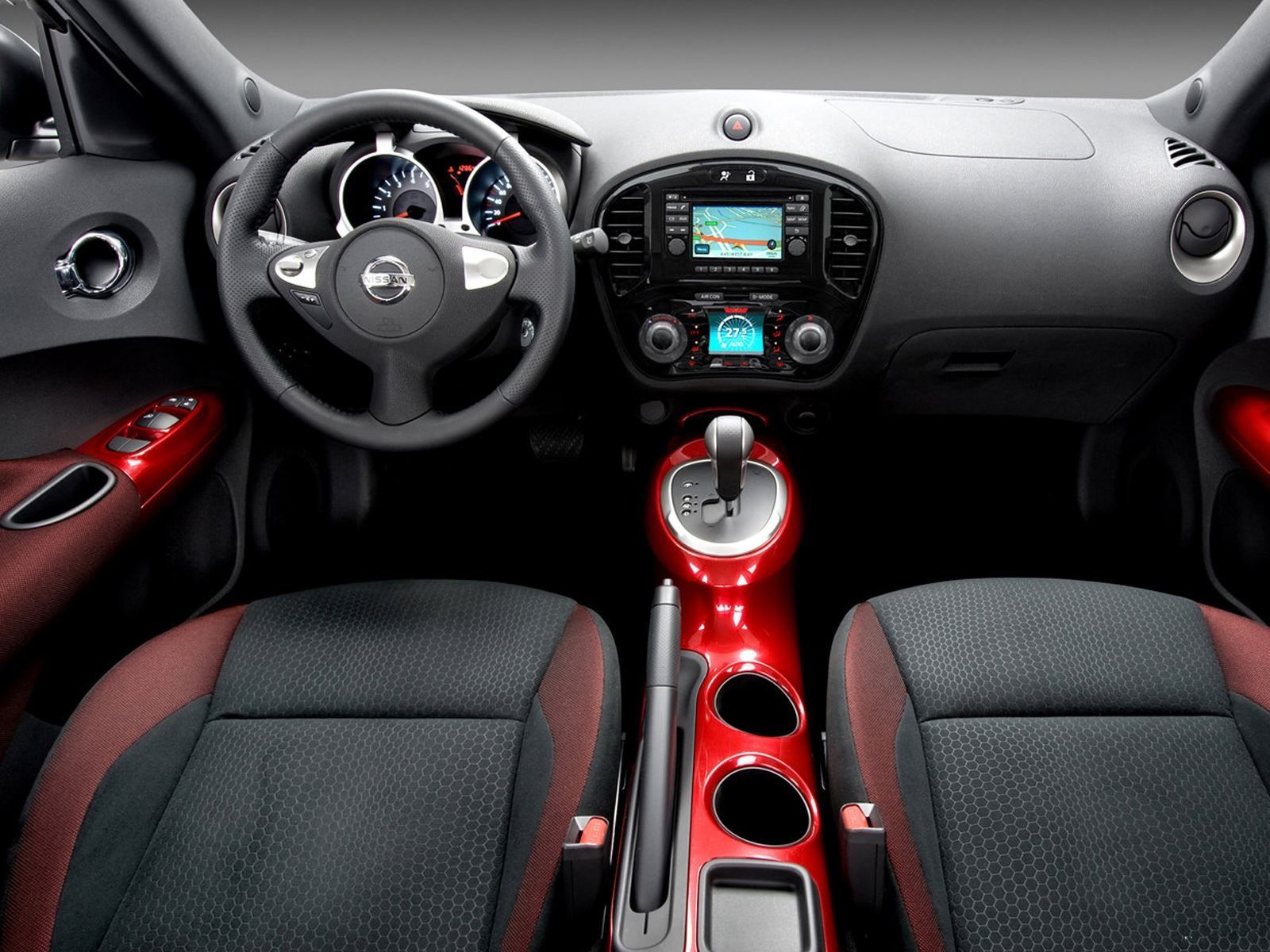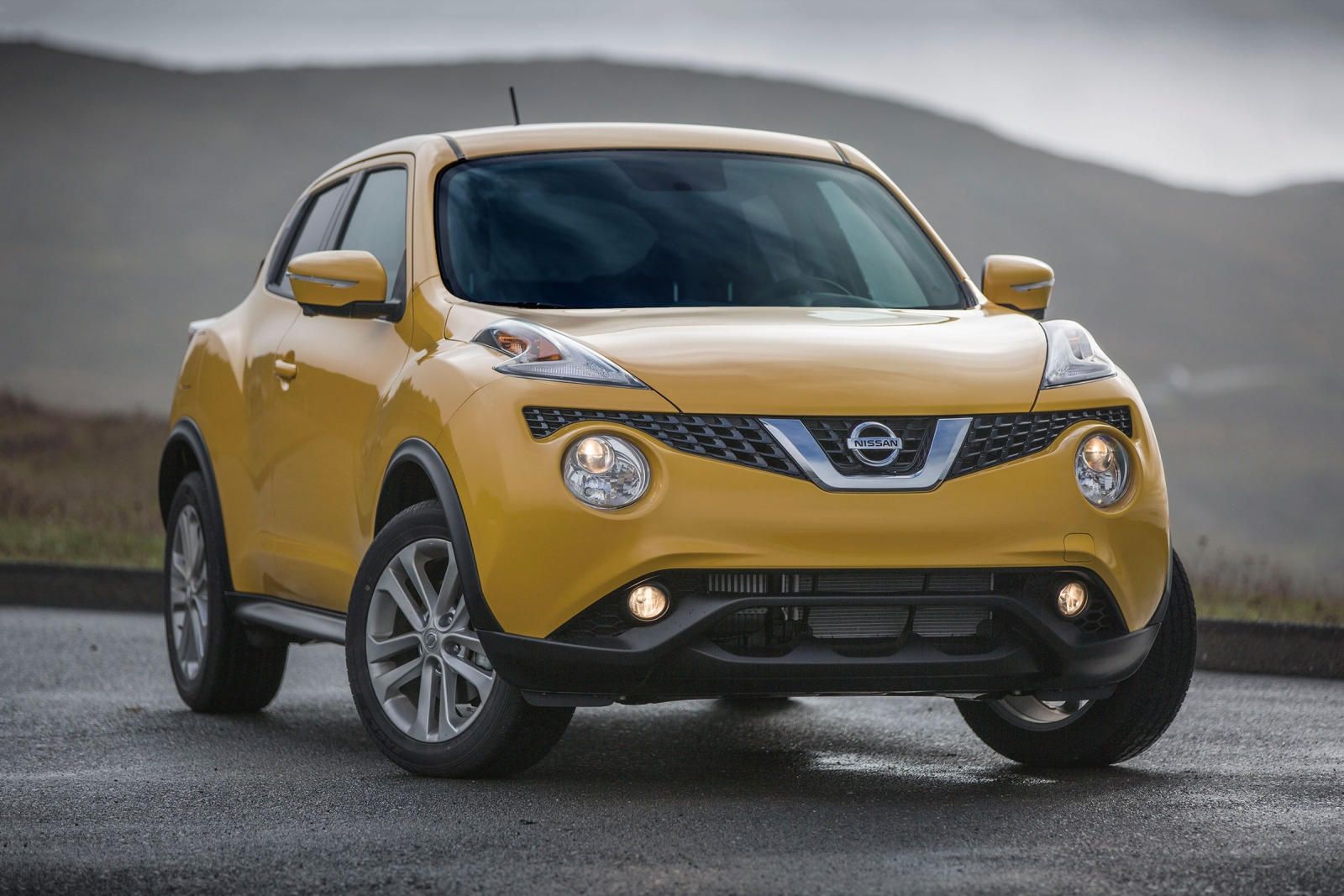
It was a risky move on Nissan's part, but those who never take risks automatically eliminate the chances of success (or failure). In 2009, Nissan revealed an odd-looking concept called the Qazana at that year's Geneva Motor Show. Choosing a European show, perhaps the continent's most exclusive, to unveil this radical small crossover design study was an interesting decision. The behind the concept was for it to become a baby brother to the highly popular Qashqai crossover.
Little did we know at the time that the subcompact crossover segment would grow the way it has, and it was the production version of the Qazana that helped get it into gear. The production-spec 2011 Nissan Juke featured a slightly watered down version of the concept's bold front-end styling. The front lights, as Nissan describes, are split into two distinct elements. Thin slashes contain the running lights and turn indicators, while the main and dipped beams are mounted lower on the nose. The latter were also inspired by the auxiliary lamps fitted to rally cars from the sixties and seventies. A classic case of love it or hate it styling, but it was (and still is) unique.
Out back, the taillights have a boomerang shape, similar to those found on the 370Z coupe and roadster. Unlike typical crossovers at the beginning of the decade, Nissan was clearly going for a sportier look and attitude with the Juke, which turned out to be a smart move. The only other more dramatically styled small crossover at the time was the Mini Countryman, which cost quite a bit more. Crossovers generally looked more like scaled-down versions of larger, SUV-inspired ones. But the Juke shattered all of those so-called design rules. The big question was whether the public, especially in the US, was ready to drive around town in something that sort of had a frog face appearance. They were.
The Nissan Juke quickly became a success as sales exceeded expectations. Not bad for a relatively small crossover that sacrificed cargo space for design. Like the Qazana, the Juke features prominent wheel arches and a high waistline. The concept's suicide doors were eliminated, replaced by conventionally-hinged doors with rear handles located in the C-pillars in order to further the Juke's coupe-like appearance. Having the door handles located here was not anything new for Nissan, with the original 1985 Pathfinder featuring this feature as well. Nissan designers wanted the Juke to be an urban crossover which, roughly a decade ago, was a relatively new term. An urban crossover? What is that, exactly? In a nutshell, it's the Juke.
Although its main focus is design, the Juke was built on Nissan's global B platform, which also underpinned the Versa and now discontinued Cube. An off-roader it was never intended to be, but it surely looked cool in cities. The B segment in Europe was selling extremely well at the time, and Europeans have long been known to appreciate designs Americans often find weird. Styled at Nissan's London design center and further refined at its counterpart studio in Japan, the Juke was a multi-national effort, which makes sense considering it's a global vehicle. However, Nissan USA was not initially thrilled with the Juke, and rightly so given Americans' styling tastes.
Ultimately the decision was made to sell the Juke in the US as an experiment of sorts: Was there a new sub-segment to be found in the already crowded crossover field? Turns out the answer was a resounding 'yes.' Compared to the styling of other mainstream small crossovers at the time, mainly the Ford Escape, Honda CR-V, Toyota RAV4 and Hyundai Tucson, the Nissan Juke was a real stand out. It really did look like a futuristic concept car. Powered by a turbocharged 1.6-liter inline-four with 188 hp and 177 lb-ft of torque, power is sent to either the front or all four wheels through a CVT. Okay, so it does have optional all-wheel drive, but it's really more appropriate for snow-covered city streets than off-pavement trails.
Interior space is sufficient enough, but, like we said, was sacrificed for styling. Interior styling is also kind of funky, mainly thanks to the body-colored center console. A Juke Nismo appeared for 2015 and was given a number of styling and performance upgrades. Then came the famed Juke R, a car created when engineers somehow managed to stuff the GT-R supercar's 3.8-liter twin-turbo V6 into the tiny crossover's engine bay. Rated at 545 hp, only 23 examples of the Juke R were made. For 2015 the Juke was given a mild refresh but its overall styling remain largely untouched. Today, the Juke has reached the end of the line, as 2017 was its final model year.
It'll be replaced very soon by the somewhat more conventionally styled Nissan Kicks. There's no denying the Nissan Juke played a pivotal role in expanding the subcompact crossover segment while also encouraging Nissan, as well as competitors, to take design chances more often.

